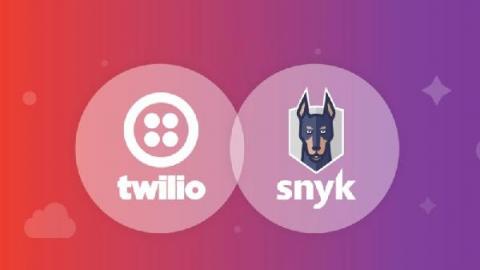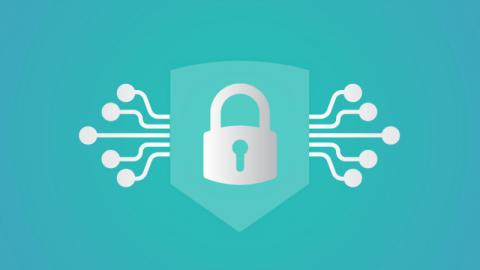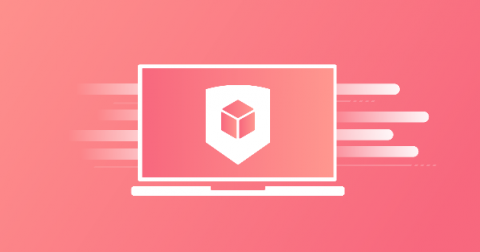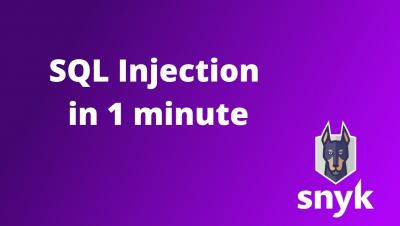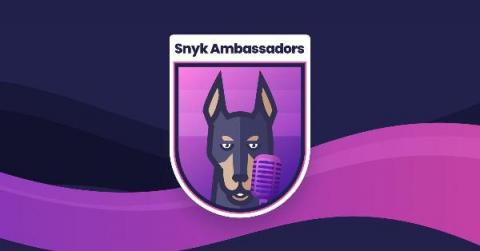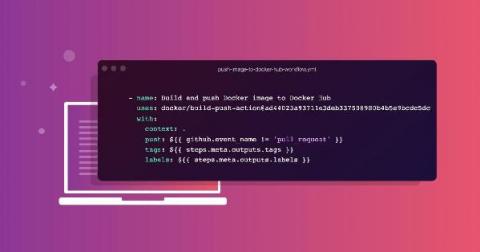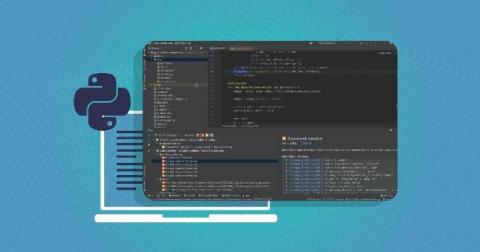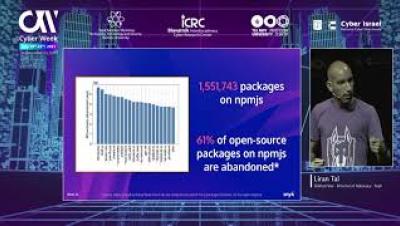Security | Threat Detection | Cyberattacks | DevSecOps | Compliance
August 2021
Operating security ownership at scale: Twilio's perspective
As organizations continue to adopt DevSecOps practices to deliver secure software, security ownership is an ever-critical consideration. Snyk recently held a roundtable with Twilio to discuss security ownership in 2021. In this post, we’ll recap the discussion between Guy Podjarny, President & Co-Founder of Snyk, and Yashvier Kosaraju, Senior Manager of Product Security at Twilio.
The 8 best IntelliJ plugins for improving your coding experience
For many developers, a good IDE is like a Swiss Army knife. It is a tool that integrates all sorts of features you need as a developer in a single program. Therefore many developers primarily work from their favorite IDE instead of opening multiple single-purpose tools.
The key to solving the cybersecurity workforce gap: Enlisting the world's 27 million developers in the fight
Yesterday, the Biden Administration called upon leaders from Amazon, Apple, Google, IBM and Microsoft as well as other private and non-profit organizations to discuss crucial measures for improving the overall cybersecurity posture of the United States. (This follows an Executive Order , which we wrote about in May, outlining a 100-day initiative to improve the security of the modern software supply chain ).
Hypergrowth Playbook: 7 best practices as you go from startup to scaleup
Across the tech startup space, growth is on fire, and a key differentiator of success will be your ability to scale your talent at the pace needed. Based on having gone through this phase at various companies over the past decade, I’ve been pulled into helping advise founders and heads of people at several earlier-stage startups. So I made it simpler, and drafted a Hypergrowth Playbook , with my learnings. We are happy to share this openly, to help the community at large.
Snyk Container meets Cloud Native Buildpacks: Cloud Native Application Security the right way
So you’re running microservices in containers? Congratulations! This is an important step towards meeting those business needs around delivering applications to the hands of your customers as soon as possible. But how can we mitigate any potential risks associated with faster software deployment? Simple, with Snyk.
SQL Injection explained in 1 minute
Plugins to put Node.js application security and observability in your IDE
As developers, we spend a lot of time in our IDEs writing new code, refactoring code, adding tests, fixing bugs and more. And in recent years, IDEs have become powerful tools, helping us developers with anything from interacting with HTTP requests to generally boosting our productivity. So you have to ask — what if we could also prevent security issues in our code before we ship it?
How Snyk Social Trends help you fix essential security vulnerabilities
Recently, Snyk added Social Trends to its vulnerability data . This new indicator shows you what vulnerabilities are trending so you can better prioritize remediation. Our research team found out that there is a strong correlation between socially trending vulnerabilities and the existence of exploits that can actually harm your application.
Building Java container images without a Dockerfile using Jib
Suppose you’ve been working with container images for more than a minute. In that case, you’re probably familiar with those ubiquitous documents that describe, layer-by-layer, the steps needed to construct an image: Dockerfiles. Did you know that there is a growing set of tools for building OCI compliant images without Dockerfiles?
Bughunting your React web applications using DevTools
Introducing the Snyk Ambassador program: a call for nomination to champion application security
Snyk has been long invested in promoting application security awareness and practices through many of our initiatives, including actively participating in communities and foundations. Some examples include: Today, we’re proud to further engage with the community by announcing the Snyk Ambassadors program.
Speed up container fixes with Snyk's new automated parent image detection
Shipping your apps in containers gives you the freedom to build upon the work of others. You can pick from a variety of ready-to-use container images that will run nearly any code or framework you have. Snyk Container already helps users manage their parent images and provide guidance when there are better options available — images with few vulnerabilities, or a smaller footprint overall, or both.
Snyk named #39 on 2021 Forbes Cloud 100 list
We’re honored to share that, for the second consecutive year, Snyk has been named to the prestigious Forbes Cloud 100 List, coming in at #39! The full list, unveiled yesterday, is Forbes’ “definitive ranking of the best, brightest, and most valuable private companies in the cloud.” We’re up 47 spots from our ranking last year — a testament to our incredible team, growth, and maturation as a company in 2021 thus far. And it’s only August!
Use Snyk security policies to prioritize fixes more efficiently
Snyk security policies just got a whole lot more powerful with a new action and two new conditions, helping your development and security teams assess risk and focus resources more efficiently. For developers, the less “noise” the better. Tasked with fixing issues that are simply not important or relevant is a waste of valuable development time and will likely result in creating frustration and mistrust.
Better Ruby Gemfile security: A step-by-step guide using Snyk
Ruby is a well-defined and thought-out language and has been around since the mid-1990s. In 2004, Ruby incorporated RubyGems as its package manager. RubyGems is used to manage libraries and dependencies in a self-contained format known as a gem. The interface for RubyGems is a command line tool that integrates with the Ruby runtime and allows Gemfiles to be added or updated in a project. I looked at three Ruby platforms and found vulnerabilities that were surprising, even to me.
How to publish Node.js Docker images to Docker Hub registry using GitHub Actions
In a previous post, we presented a step-by-step tutorial on how to publish Node.js Docker images to GitHub Packages registry using GitHub Actions. In this post, we’ll focus on publishing the Docker image that we build to the public Docker Hub registry. Why is this useful you might ask? The Docker command line application docker has a default registry setting for docker.io which points to the Docker Hub registry.
Getting started with Snyk for secure Python development
If you’re a Python developer looking to easily secure your applications, you’re in the right place! Snyk helps you secure all the code making up your Python app — your own code, the open source libraries you’re pulling in, your containers, and your infrastructure as code (IaC) — by integrating seamlessly into your existing development workflows.
The best security advice from 100 episodes of The Secure Developer podcast
Technology, culture, and process all have to change to ensure safe software is delivered faster. It’s a lot to tackle. But you don’t have to do it alone. The Secure Developer, a podcast from Snyk’s founder Guy Podjarny, just hit 100 episodes of thought-provoking conversations with security experts at a wide cross-section of companies.



